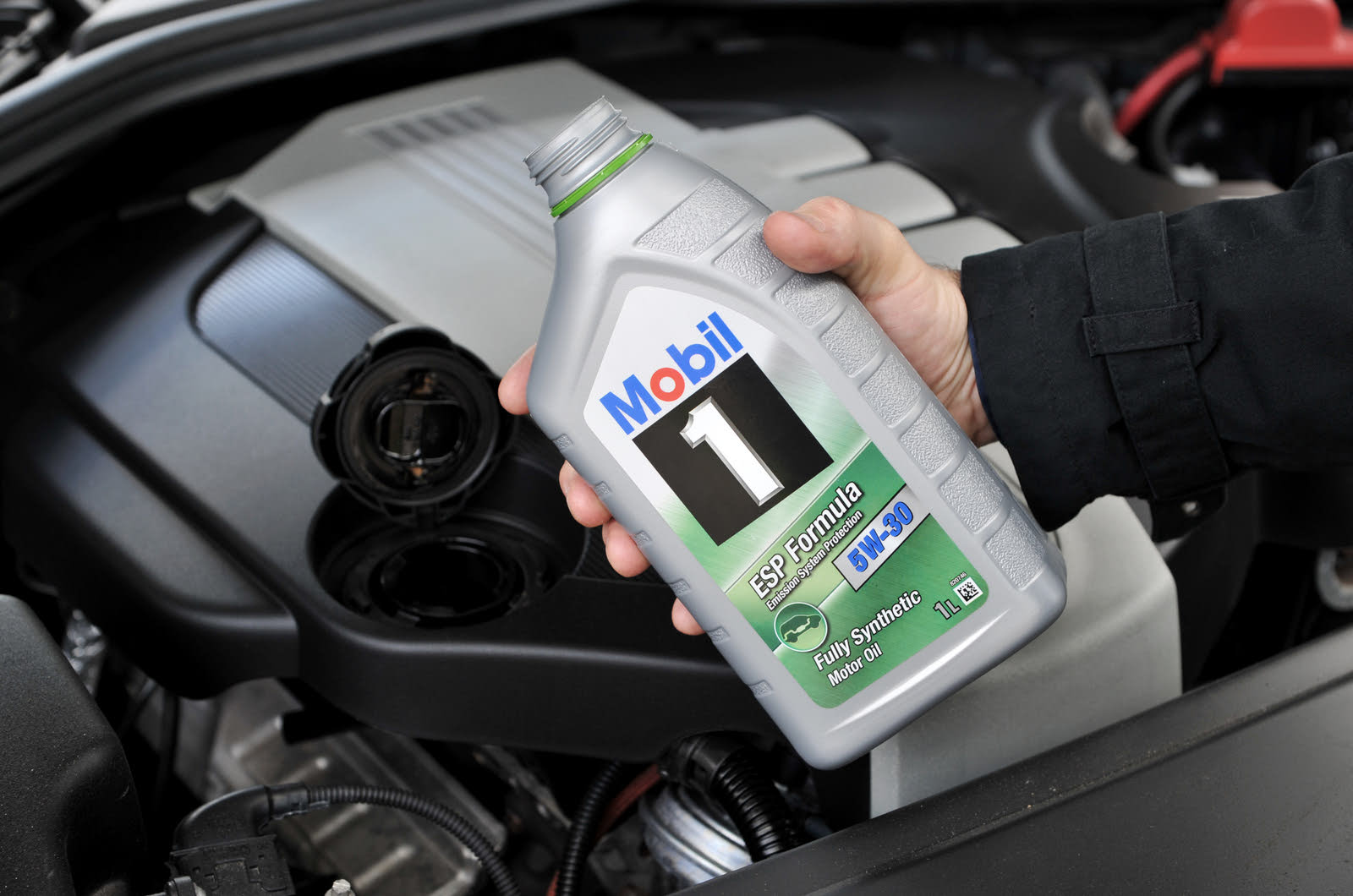Thankfully, it's not necessary to understand a car’s mechanical workings in order to be able to drive it. Just get in, start the engine, and off you go. There are, however, a few basic DIY car maintenance checks that will help keep things running smoothly, not least of which is checking your car’s oil. In this article, we’ll take you through how to do it, and why.
Things to consider:
- What Does Engine Oil Do and Why Is It Important?
- What Engine Oil Should I Buy?
- How Do I Check My Car’s Oil Level?
- How Often Should I Change My Car’s Oil?
What Does Engine Oil Do and Why Is It Important?
Oil is a lubricant that allows your car's hard metal engine parts to move smoothly alongside each other, and it also helps with heat dissipation and preventing corrosion. An engine running low on oil will suffer increased wear on its moving parts and could even seize completely, which is just as expensive as it sounds.

What Engine Oil Should I Buy?
Different engines require different types of motor oil. To find out what the right oil is for your car, consult its owner's manual or ask at a garage or car accessories specialist. In the first instance, you will need to determine whether your car needs synthetic oil (this tends to be required for high-performance engines), semi-synthetic (for most cars), or mineral (usually reserved for classic cars). It might also be that a particular brand - such as Mobil 1 or Castrol - is recommended.
You will also almost certainly need the oil to be multigrade, meaning its viscosity (or thickness) changes according to temperature. This will be indicated by a marking such as ‘5W-30’ or ‘10W-40’, the first number showing the viscosity in the winter (W) and the second number the viscosity in the summer.
Finally, there’s the ACEA (Association des Constructeurs Europeens d'Automobiles) standard, which will vary depending on whether your car is powered by petrol or diesel and whether it has a diesel particulate filter. The ACEA will be represented with a code from A1 to C3: it's not important to know exactly what each means, just make sure the oil you’re buying matches the specification required by your engine.
The important thing here is to not simply assume that any old oil will do, for while pouring the wrong oil into your engine won’t be immediately disastrous, it could lead to increased wear – and thus potentially expensive bills – over the longer term.

How Do I Check My Car’s Oil Level?
You should aim to check your car's engine oil level once every couple of weeks, as well as before any particularly long journeys.
To do this, make sure your car is parked on level ground and the engine is cold. Lift the bonnet to access the engine bay, and find the oil dipstick (the car’s handbook will show where this is if you’re not sure). This long metal stick has a brightly coloured handle and ‘dips’ into the engine, so when you remove it you can see what the oil level is. It’s good practice to remove the dipstick, wipe it clean with a paper towel or rag, reinsert it, and then remove it again to get an accurate reading. What you should hope to find is enough oil to reach a level between the maximum and minimum marks on the dipstick.
If the fluid level is low, you can top up by removing the oil filler cap and pouring in more oil from an oil can, a little at a time to avoid overfilling. Leave it a minute or so to drain into the engine, and then check the level again using the dipstick.
As a backup, your car might also have a low oil level warning light (yellow or orange) and an oil pressure warning light (red) as part of its dashboard display. If the former comes on, you should add oil as soon as possible. If the latter illuminates, switch off the engine immediately and have the car recovered to a garage.

How Often Should I Change My Car’s Oil?
When oil circulates around an engine, it gradually deteriorates, picking up small pieces of dirt and becoming worn from the constant heat cycles it gets put through. This means it's important to change your oil and fit a new oil filter periodically to ensure optimum engine performance.
The most fastidious of car owners prefer to do an oil change every 3,000 or so miles, but most simply go by the manufacturer’s recommended car service intervals without any issues.
Either way, keeping a regular eye on your car’s oil level with a simple oil check is a quick and easy job that will help you avoid an expensive repair bill further down the line.
